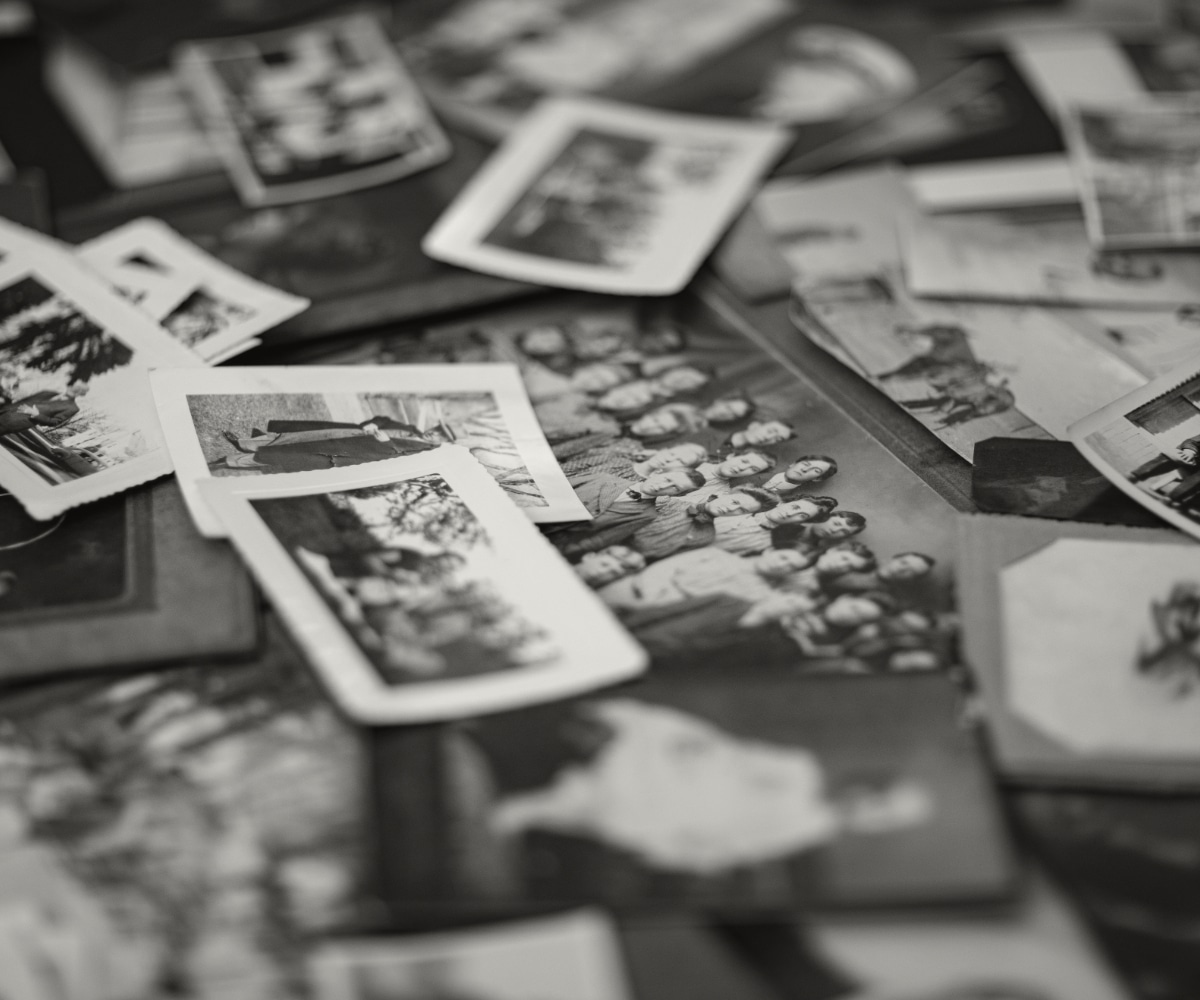Your cart is currently empty!
Bring On The Backstories!

in
Disclaimer: This post may contain affiliate links for books we recommend. If you make a purchase through these links, at no additional cost to you, we may earn a small commission. See our full Terms of Use here.
What makes a character seem real? Why do we empathize with some characters and not others? Backstory. Every character has one, even if we don’t know it (we’ll come back to this later). It’s what gives them depth and makes them relatable (or not). A well-rounded character needs a backstory. Why are they the way they are? To create a believable character, you need to answer these questions. You can use poetry and songwriting to explore your character’s past and help flesh them out. When writing backstories for my characters, I find it helpful to come up with three questions that might get me started with the answers I’m looking for. These include ‘What is their favorite memory?’ ‘What are their deepest hopes?’ and ‘What is their biggest fear?’.
Write What You Know
If you need inspiration, think back to your own life: where did you get the idea for your first job? What were some defining moments in school? How did certain relationships form or end? What were some of the other parts of life that contributed to making you who you are today? Remembering these things might help jog your creativity when trying to write the backstory of one of your characters. For example, you may find an interesting way to show how a character was rebellious as a child and how this impacted their decision-making later on in life. You could also make sure that any time something happens in the story, it’s always filtered through what your character would remember from his/her past.
If you’re feeling stuck with this task, try thinking about why it is important to understand a character’s background. Knowing where they came from will give you insight into why they do what they do now. By understanding where they come from, readers are more invested in them. When people read stories with compelling characters and believable backstories, they often feel connected to them. These connections make for longer reading sessions because readers care more about what happens next!
Foundations
Backstory is the history and events that made your character who they are. It includes their experiences, their relationships, and the formative moments that shaped them into the person they are today. Without one, your characters will feel flat and two-dimensional. A well-developed backstory can make them feel real and relatable to your readers. Without a strong – or at least interesting – foundation, your characters will seem unsteady and crumble at the slightest inspection.
A backstory helps ground readers in who your character is, what they care about, and where they come from. You can use this as an opportunity to let them grow as you’re writing. To show that someone who once was self-involved can now put themselves aside for others. Or maybe that someone who once had no experience with trauma has experienced something traumatic and can’t stop thinking about it. You can even show that someone who once only knew superficial relationships has found their person and knows what it means to have deep connections with people. The key is showing those changes rather than telling them outright. That starts with showing, not telling, the backstory. Not a simple task, but for a worthy character, it is an effort worth taking.
The backstory is a lot more than just learning how they got their scars or what made them a particular way. It goes beyond that and shows something about who they are as a person and how they see themselves in relation to others. At its most basic, show at least one major event in their past. A moment that impacted who they are now and influenced how they grew up. This can be trauma – like being kidnapped or witnessing a murder – or positive experiences, like winning an award for athleticism or helping someone when no one else would. Those brief moments change us into who we are today and influence our future decisions. They also create a sense of continuity between your current story and what came before. These moments can act as catalysts for future events, which help lead them towards who they become.
Before the Hook
The backstory should contain information and events that occur prior to the hook. That doesn’t mean they need to be read then. In terms of story structure, the hook will always come first. We should weave backstory throughout the entire story, offering insight during times of character growth. The more a reader gets a sense of who the protagonist is, where they came from, what they care about most in life, etc., the more empathy they’ll feel for them. We want readers to care about our characters because it makes them more real. Real people have history. You can’t really know someone without knowing their past. Empathy with the protagonist leads to empathy with other characters and a desire to find out how everyone ends up – which leads back to page one.
A character’s history is all the stuff that happened before your story starts. It’s their life up to where your story begins. History is also a part of who a character is, but it doesn’t have to be made explicit in order for the reader to understand. The reader will know what type of person they are based on their interactions with other characters in your story. Sometimes, this will be enough, but there may be instances where including the character’s backstory adds more depth or intrigue to a plot line.
Rounding Up
A well-rounded character will feel real to your readers and make your story more engaging. Try asking yourself these questions about your characters: What is their name? Where do they live? What is their occupation? How do they spend time outside of work? Who are the people in their life that care about them the most? What were some things that happened in their childhood or adolescence that shaped them into who they are today? Do they have any hobbies or interests that consume their free time? Is there something significant in their past that makes them act how they do now? If so, how did it happen and why does it still matter to them? Even if you don’t use all this information when writing your story, it will help you create realistic dialogue for your characters and flesh out minor details that may not be important for the plot but add depth to their personalities. Asking these questions about your characters before you write will also save you a lot of editing later on because you’ll know exactly who they are.
It’s not just an author trying to make us cry or scream, but using emotional connections as a means of storytelling. For example, by understanding a character like Darth Vader as a tragic figure, he becomes more human. It’s hard not to pity him when we understand his struggle with being born into such terrible circumstances and seeing everything he loved taken away from him. We’re able to see his journey through his anger-fueled actions and empathize with him. He became evil in order to survive in a world gone mad – it was all he knew how to do anymore. And even though we hate him now (and will never stop loving him for it) we still understand why he did those things: the pain inside drove him on relentlessly until he had nothing left but anger and a super cool voice.
Settings
Settings can be meaningful characters, too. In such cases, settings should also have meaningful backstories of their own. Otherwise, they become mere props in the story. A setting is more than just where the story takes place. It has a personality and uniqueness all its own. If you think about how this or that place came to be, you’ll discover additional aspects of it that will make your writing richer and more layered. The tree that your protagonist leans against for a moment’s respite may come back around as a symbol of peace later. Why not give it a history of providing others such relief? When was it planted, who else leans? What did they pray over while resting there? What stories did people tell one another when sitting beneath it together at sunset? How old is it now, and what do the leaves look like? There are so many possibilities! You never know what details might stick out in someone’s mind if they’re walking through your setting.
Back it Up
When you create a backstory, remember that it should be consistent with your other descriptions of the character: age, temperament, socio-economic status, etc., but unique enough so that it stands out and doesn’t feel like filler information. Creating believable character backstories can be challenging. If you do it correctly, you will reap its benefits when crafting your narrative.
When you craft a worthy backstory, it’s like adding in backup dancers to flesh out a performance. You’ve already got the key players on stage, now add some surprise elements for interest. Just as we might see subtle gestures from background dancers (or ballerinas) that are not part of the choreography but add depth to the dance piece, a well thought out backstory for your protagonist helps bring them alive in our minds and evoke their humanity.
-R.E.

